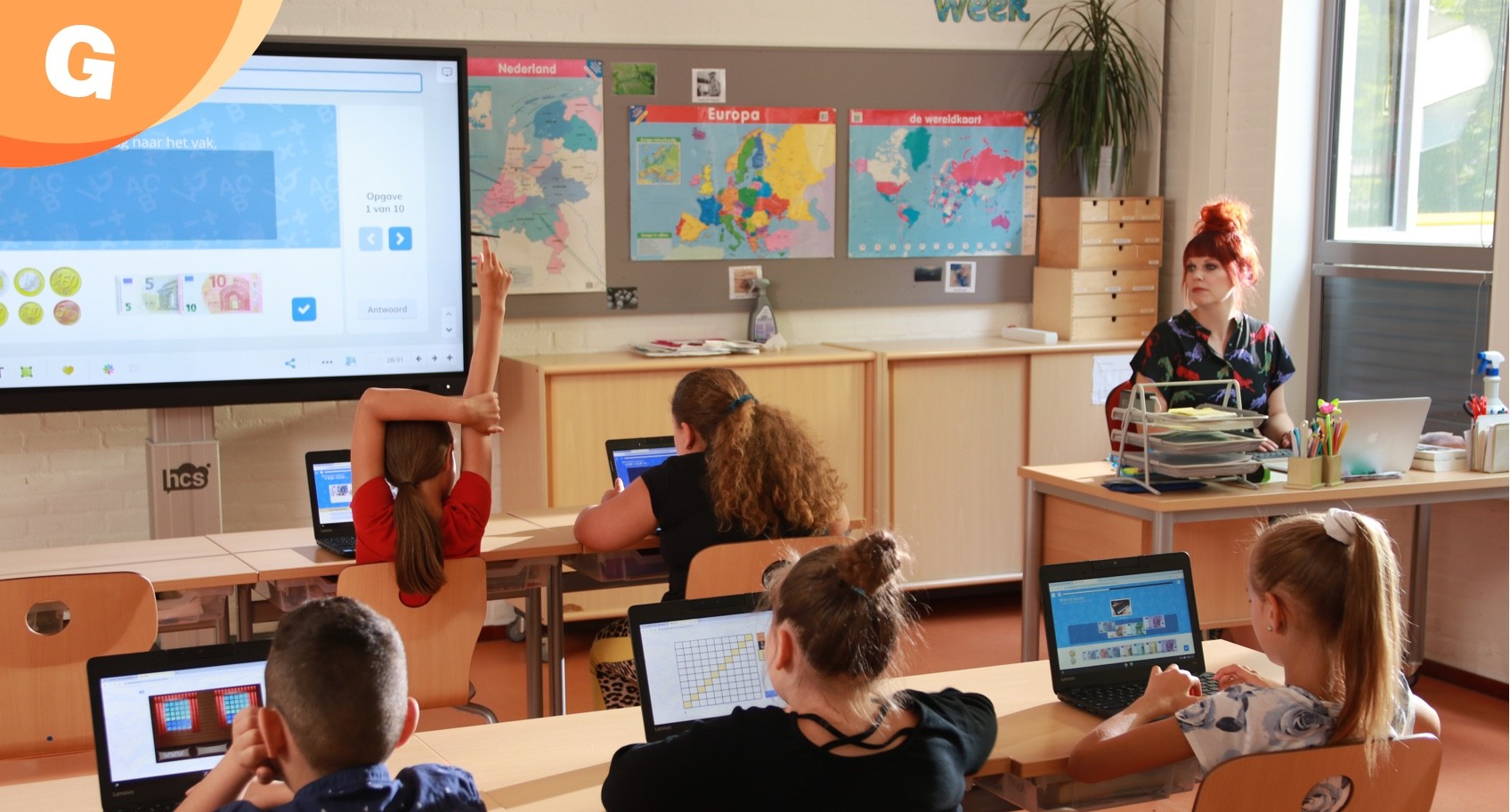
10 Ways to Use Interactive Whiteboards in the Classroom
Interactive whiteboards in the classroom have revolutionized the way teachers manage their time and deliver lessons.
These advanced tools address the challenge of covering extensive curriculum within limited classroom hours, making every minute count.
The integration of interactive whiteboards in the classroom, as evidenced by research like Karen Swan's from the University of Illinois at Springfield, has shown marked improvements in student performance, especially in subjects like math and language arts.
Let's explore ten ways how interactive whiteboards can elevate your teaching effectiveness!
1. Streamlined Lesson Preparation
Interactive whiteboards in the classroom simplify lesson planning.
Teachers can digitally save and organize their materials, readily accessing them during class. This reduces the reliance on traditional methods, allowing for more efficient use of class time. Platforms like Gynzy enhance this by offering online storage and sharing capabilities.
Try Gynzy
2. Enriching Lessons with Multimedia
The use of interactive whiteboards in the classroom transforms traditional teaching methods.
Incorporating videos, images, and diagrams directly into lesson plans not only saves explanation time but also actively engages students in the learning process.
3. Improved Student Comprehension
Interactive whiteboards in the classroom enable a multimedia-rich educational experience, often leading to better student understanding.
This reduces the need for repetitive reviews, freeing up time to cover more material.
4. Enhanced Lesson Organization
When interactive whiteboards are used in the classroom, they offer a more organized approach to lesson planning.
Digital lesson plans can be easily adjusted, making them clearer and more effective compared to traditional handwritten notes.
5. Engaging Learning Activities
Interactive whiteboards bring fun and interactivity into the classroom!
They're perfect for hosting educational games and activities, such as Hangman or a variation of the classic memory game, for a lively and engaging learning environment.
6. Eco-Friendly Classroom Practices
The use of interactive whiteboards in the classroom is an environmentally friendly approach to teaching.
It minimizes paper usage by allowing digital projections of tests and quizzes, making lessons accessible to all students.
Simply create the questions or prompts you’d like the class to work on, save the file, and then display them from your smart board when you come to class.
7. Better Classroom Management and Engagement
Interactive whiteboards attract and retain students’ attention with engaging content.
This not only improves learning but also aids in effective classroom management, allowing teachers to focus more on instruction.
8. Superior Note-taking and Academic Performance
Interactive whiteboards allow you to incorporate many different teaching tools into your lessons. This enables students to better picture or understand a concept being taught.
This ultimately results in better notes as they translate their new understanding into words that have meaning for them.
9. Boosting Student Self-Confidence
Interactive whiteboards in the classroom facilitate the understanding of complex topics, thereby increasing student confidence in their academic abilities and contributing to better performance in assessments.
10. Creating Memorable Educational Experiences
Interactive whiteboards in the classroom help in designing lessons that are not only educational but also interactive and engaging. This helps to ensure students retain knowledge long after the class is over.
Bring Your Interactive Whiteboard to Life!
Interactive whiteboards are a powerful tool educators can use to keep students engaged.
To help teachers use their interactive whiteboard more effectively, Gynzy offers an easy-to-use digital whiteboard that works as well on a students’ personal device as it does on the interactive whiteboard at the front of the classroom!
